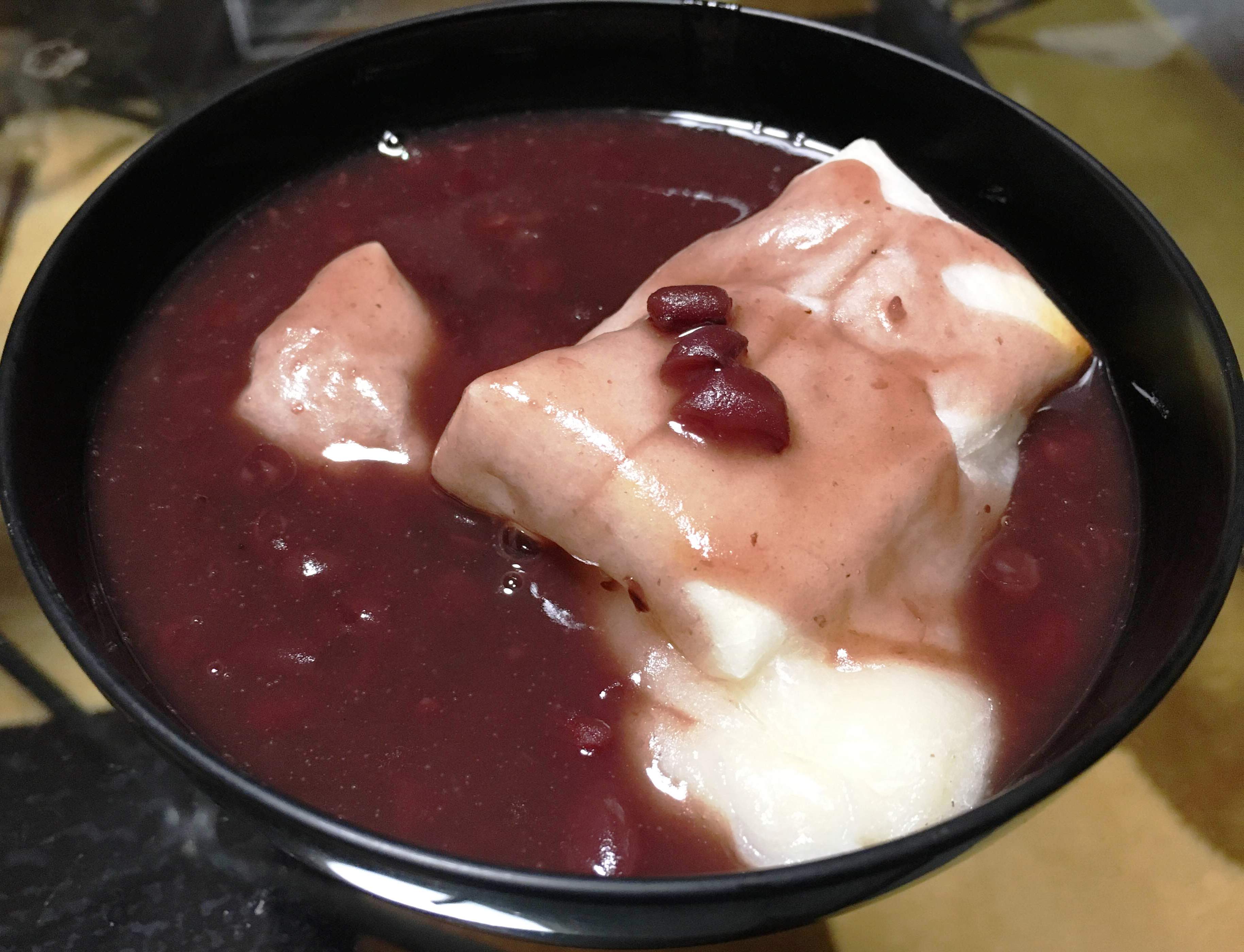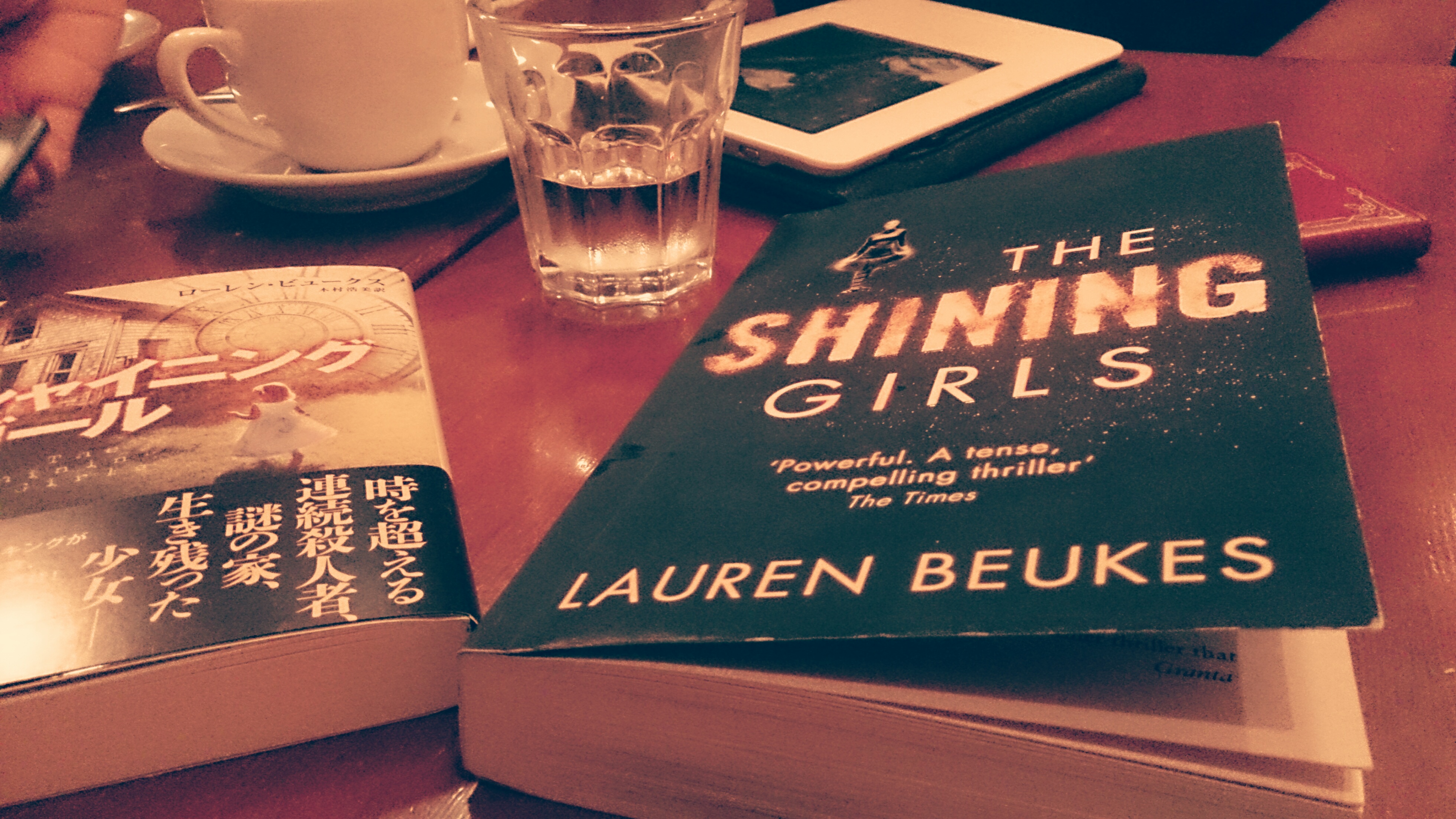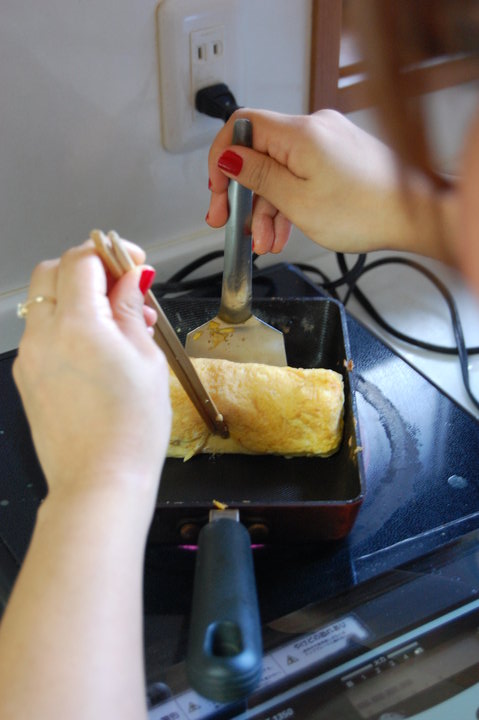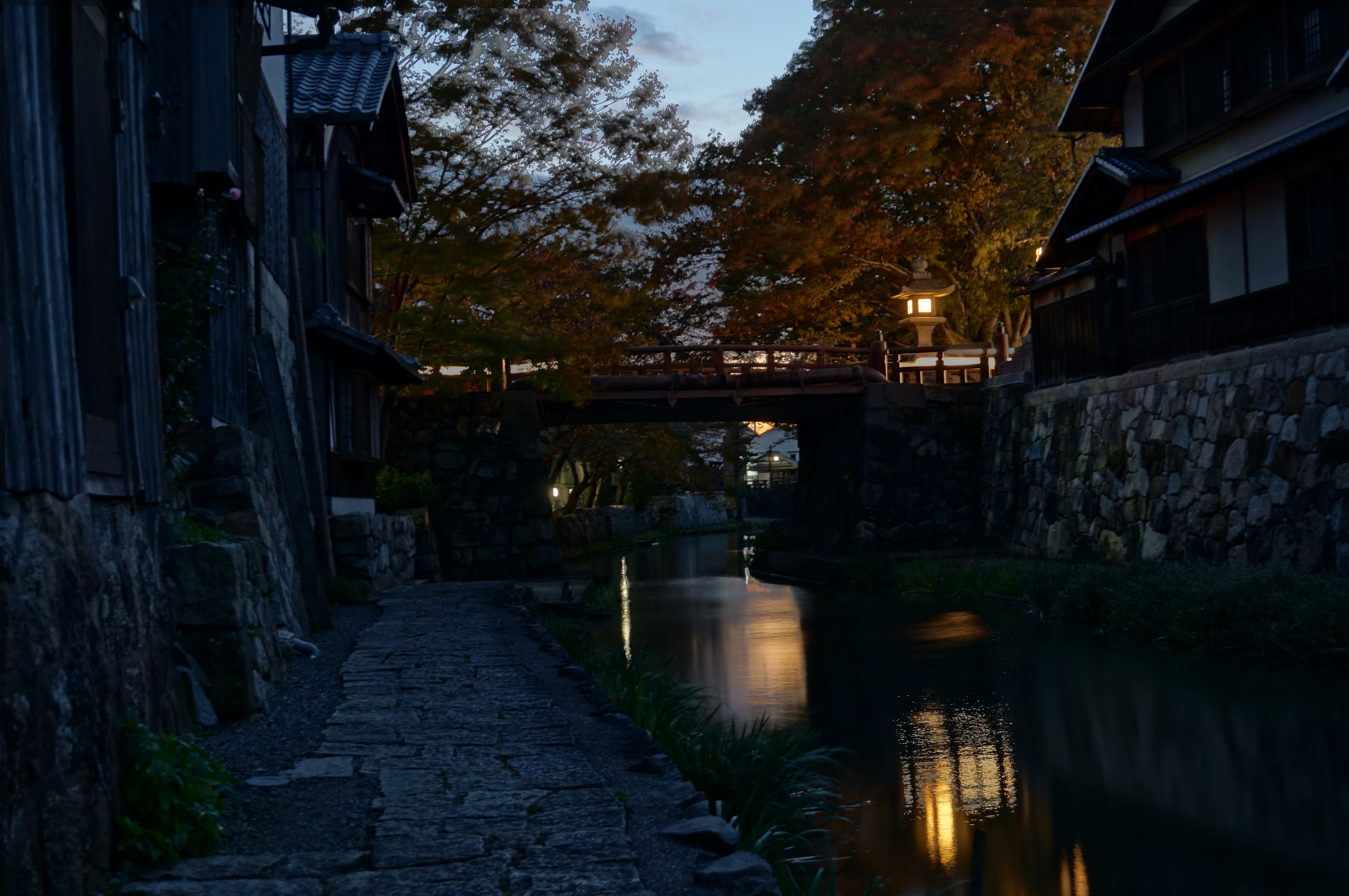3 Ways with Mochi
Mochi – chewy goodness that can be eaten a million different delicious ways. In fact, “mochi mochi†is actually an onomatopoeia that means chewy. Because mochi itself is quite bland – it’s just pounded rice – it’s incredibly versatile. From fresh anko (sweet red bean paste) filled balls of mochi to thin slices grilled to make rice crackers, it can be found in all kinds of forms just about everywhere in Japan.
Japanese people apparently eat around 1 kg of the stuff every year, mostly in January. This is probably due to its role in New Year’s celebrations. Kagami mochi – tiered dried mochi with a mandarin on top – is displayed in the tokonoma (alcove where art or flowers are displayed) as a symbol of and to wish for prosperity for the family. This is broken (never cut) and eaten on the 11th.
Mochi is also commonly eaten for breakfast from the 1st to 3rd of January in the form of ozoni, a soup dish with various vegetables and sometimes seafood or meat in it. The specifics vary regionally and from family to family. Traditionally, New Years was a time for rest so that is why mochi was often eaten in the place of rice for the first few days of the New Year.
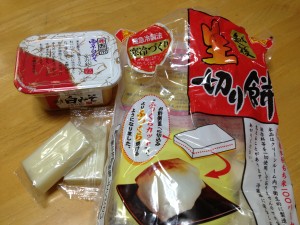 To get into the spirit of the New Year, here are two super simple and popular ways to eat mochi at home and a recipe for a Kyoto-style ozoni. I’ve used the dried packaged stuff you can buy in the supermarket which is relatively inexpensive and keeps forever.
To get into the spirit of the New Year, here are two super simple and popular ways to eat mochi at home and a recipe for a Kyoto-style ozoni. I’ve used the dried packaged stuff you can buy in the supermarket which is relatively inexpensive and keeps forever.
 1.      Grilled mochi with sweet soy sauce
Ingredients: dried mochi, soy sauce, sugar
l Place a piece of mochi on some foil and grill in your toaster oven for 6 minutes or until it puffs up and softens.
l In small bowl mix 2 parts soy sauce to 1 part sugar (I used ½ tsp. sugar: 1 tsp. soy sauce). Dip the mochi in the sauce and enjoy! Some people also like to wrap some seaweed around the mochi.
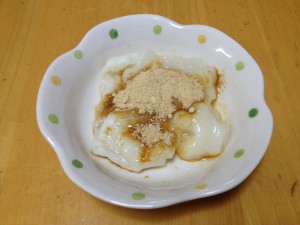  2.      Grilled mochi with sweet kinako powder
 2.      Grilled mochi with sweet kinako powder
Ingredients: dried mochi, kinako(roasted soy bean) power, sugar
Â
l Place a piece of mochi on some foil and grill in your toaster oven for 6 minutes or until it puffs up and softens.
l Place in a small bowl, cover with boiling water to soften the outside and drain.
l Mix 2 parts kinako powder to 1 part sugar. Coat the mochi in it and enjoy!
Â
 Â
![IMG_2267[1]](http://www.hyogoajet.net/hyogotimes/wp-content/uploads/2015/01/IMG_22671-300x225.jpg) 3.      Simple Kyoto-style ozoni
3.      Simple Kyoto-style ozoni
Â
Prep time: 5 minutes
Cooking time: 10 minutes
Serves 1
INGREDIENTS
![IMG_2266[1]](http://www.hyogoajet.net/hyogotimes/wp-content/uploads/2015/01/IMG_22661-300x225.jpg) 1 piece of dried mochi (traditionally rectangular mochi is eaten in Kanto and round mochi in Kansai)
1 piece of dried mochi (traditionally rectangular mochi is eaten in Kanto and round mochi in Kansai)
250ml water
½ tsp. dashi powder (omit this if your miso already has dashi in it)
1 Tbsp. white miso
2 slices daikon
3 large (or 6 small) slices of carrot
1 small handful komatsuna (å°æ¾èœï¼‰or any other mild tasting leafy greens such as mizuna (æ°´èœ) or spinach
METHOD
- Peel and cut the carrot and daikon into ½ cm slices. Cut the daikon into quarters and halve the carrots if needed.
- Trim the ends of the komatsuna, rinse and cut into 4cm bits.
- Bring a small amount of water to the boil. Blanch the komatsuna – add the stems in then the leaves and leave for 30 seconds. Drain and set aside.
- Place the water, dashi powder, daikon and carrot in a small saucepan and bring to the boil. Lower heat and simmer for 6 minutes.
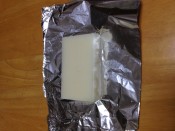 Meanwhile, place a piece of mochi on some foil and grill in a toaster oven for 6 minutes or until it puffs up and softens.
Meanwhile, place a piece of mochi on some foil and grill in a toaster oven for 6 minutes or until it puffs up and softens.- Turn off the heat. In a bowl, mix the miso paste with a bit of the liquid from the saucepan. Add to the saucepan and stir. (Never boil the soup once the miso has been added!)
- Pour everything into a bowl, add the grilled mochi and enjoy.
Note: A simpler, but just as delicious alternative is to just throw a piece into the nabe pot when you make nabe. Put it in towards the end so it soaks up all the delicious flavors.
Helen Yuan

